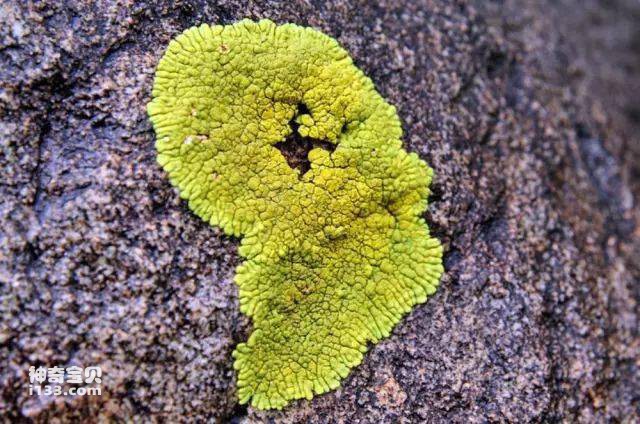When the American paleobotanist Letariak was analyzing and studying the Late Ordovician ancient soil in Pennsylvania, he discovered the fossilized footprints of some annelids or arthropods that entered deep into the soil from the surface. Based on these fossils, it is inferred that the terrestrial plants that supported these terrestrial animals had already appeared as early as the Ordovician. Since no macrophyte fossils or micropaleophyte fossils were found in these ancient soils, only recrystallized calcium tubular particles, Letariak believed that these particles were some kind of algae. It can be seen that in the Ordovician, although there were no higher plants on land, terrestrial algae already existed; moreover, terrestrial higher plants probably originated from certain groups of these terrestrial algae, rather than from the gradual migration of Terrestrial aquatic higher plants.
In fact, ancient soils already existed in the Precambrian, and traces of organic matter were also found in them.
In the history of the earth, sea levels have risen and fallen countless times due to changes in ancient climate and other factors. For land, when the sea level rises, some low-lying areas are submerged, causing the coastline to push deeper into the land. This process is called sea inundation; when the sea level drops, these low-lying areas are exposed to the sea again, causing the coastline to move deeper into the land. The depths of the ocean recede, a process called regression.
Just in the Precambrian dip-recession transition zone, scientists discovered ancient microorganisms whose shapes resembled modern terrestrial algae. Scientists speculate that these algae, which were the first to reach land, probably originated at the end of the Archean Era or the beginning of the Proterozoic Era. Their descendants, lichens, probably appeared in the early Paleozoic; their remains have been found on the coastal margins of the Silurian.

Lichens are actually symbiotic complexes of algae and fungi. The algae are wrapped inside by hyphae, which use photosynthesis to produce organic matter for the fungi to eat; the fungi absorb water and minerals and provide them to the algae. Lichens grow on rocks and produce litmus acid, which gradually decomposes the rock surface into soil, creating conditions for the growth of other terrestrial plants. Therefore, lichens may have pioneered the transition from water to land for other terrestrial plants.
Fungi are generally classified as a separate kingdom because they do not have photosynthetic function, saprophytic or parasitic life characteristics. However, many scientists believe that they evolved from some primitive algae that lost their photosynthetic function. A large group of plants, so they are also included in the category of lower plants together with algae and lichens.
The earliest higher plants, ferns, began to appear on land in the late Silurian period.
We created this article in conjunction with AI technology, then made sure it was fact-checked and edited by a Animals Top editor.